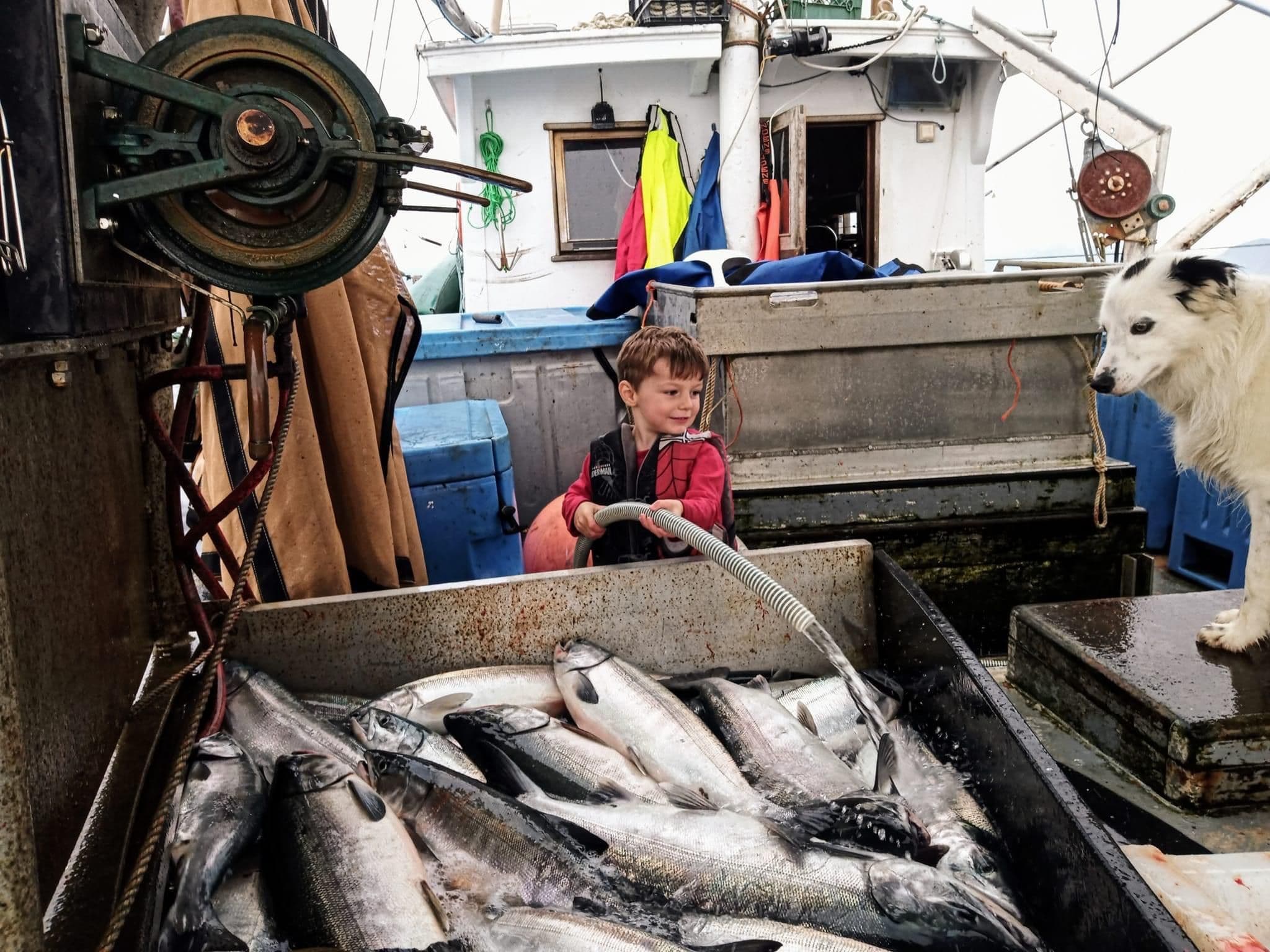A look at this year’s wild salmon returns across Alaska
I get asked all the time, “So, how’s the salmon season looking?”
Well, the truth is — it’s complicated. Alaska is vast, with countless salmon runs that can look very different from one another, and from year to year. The good news is that the state keeps a close eye on these runs and shares detailed data with the public. Curious about how the Copper River sockeye and kings are faring? Or maybe the legendary Bristol Bay sockeye run — the largest in the world? We might be salmon nerds, but watching millions of wild salmon return to their rivers to spawn never stops being awe-inspiring.
Let’s start with the earliest and one of the most famous salmon runs: Copper River. This year’s sockeye run has started strong after solid returns last year. In recent history, an escapement — the number of fish that return to spawn — of 1 million is considered strong. Overall, this season has slowed down from its strong start, with over 900,000 sockeye salmon returning. It’s less than last season, but more than enough to reach the escapement level — the number of fish needed to spawn to sustain the runs. This summer’s returning sockeye did not match last year’s bounty, but stayed above escapement goals, meaning enough salmon returned to support future runs.
The world’s most prolific sockeye run flows from Bristol Bay in remote Western Alaska, where pristine lakes and river systems create the perfect habitat. Each year, anywhere from 20 to 60 million sockeye return, and this season was no exception — 52 million fish made their way back. It’s a powerful reminder of what’s possible when habitats are protected and fisheries are carefully managed. This year’s fish are averaging nearly a pound larger than last season, so you can look forward to especially beautiful sockeye in your shares!
Another region of Alaska that had a strong sockeye return this year is Cook Inlet. Known for connecting Anchorage to the Pacific, Cook Inlet also contains multiple rivers where sockeye return in the millions. In the Kenai River, where we source from, 2025’s returns have more than doubled those of 2024.
King salmon are a bit more complicated. Their harvest is governed by an agreement among Washington, Oregon, California, Alaska, and British Columbia — and this year, fewer kings returned to rivers along the entire West Coast. In response, harvest limits were reduced to protect the species. In Southeast Alaska, the summer troll opener for king salmon lasted just four days — a tough outcome for our hook-and-line fleet, especially given how deeply valued kings are by both fishermen and members.
As a seasonal seafood company, we adjust our offerings based on what the ocean provides. This year, that means a little less king salmon in our members’ boxes. It’s a reflection of our commitment to responsible sourcing and healthy fisheries — and a reminder of why we follow the seasons, not just schedules. Trollers are optimistic about a stronger king run in 2026, and until then, we’ll continue to bring you the very best of what’s responsibly and abundantly available.
Our coho season is wrapping up here in Southeast Alaska, and trollers out of Sitka are reporting nearly 40% more fish than at this time last year. This summer’s mild weather has meant more days on the water, giving the fleet plenty of opportunities out on the high seas. Strong catch rates throughout the season have fueled even greater effort, and we’re thrilled to welcome the first big cohos of the year to our tables.
Keta salmon harvests were up 12% statewide, which is great for keta lovers. However, here in Sitka, the Southeast Alaska keta harvest is down 22% for the year. Gillnetters around Sitka faced a tough season with lower keta harvests and area closures. The silver lining is that prices were up by about 30% over last season.
That covers the returns. For those who want to dig deeper, you can see weekly harvest updates here. If you want more information on fish counts across Alaska’s major salmon rivers, check out this page.
Beyond returns and harvest numbers, another major factor for fishermen is the “dock price.” Prices have risen from a relatively weak 2024. Prices are influenced by global markets and currencies, and domestic markets like Sitka Seafood Market help stabilize them when they’re purchasing more fish. This year, sockeye prices are up almost 40%, and prices for other popular species, like halibut, are also up. This is great for commercial fishermen, but more challenging for markets that pre-sell, like ours. We’ll do our best to include as much halibut and king salmon as possible, but with lower king harvests and halibut prices spiking, there may be fewer of those beloved species in your boxes. Know that we’ll work to reflect the increased prices while continuing to deliver your favorites, as we’ve always done. Thanks for reading, and enjoy the salmon our fishermen work hard to harvest and bring to you!



